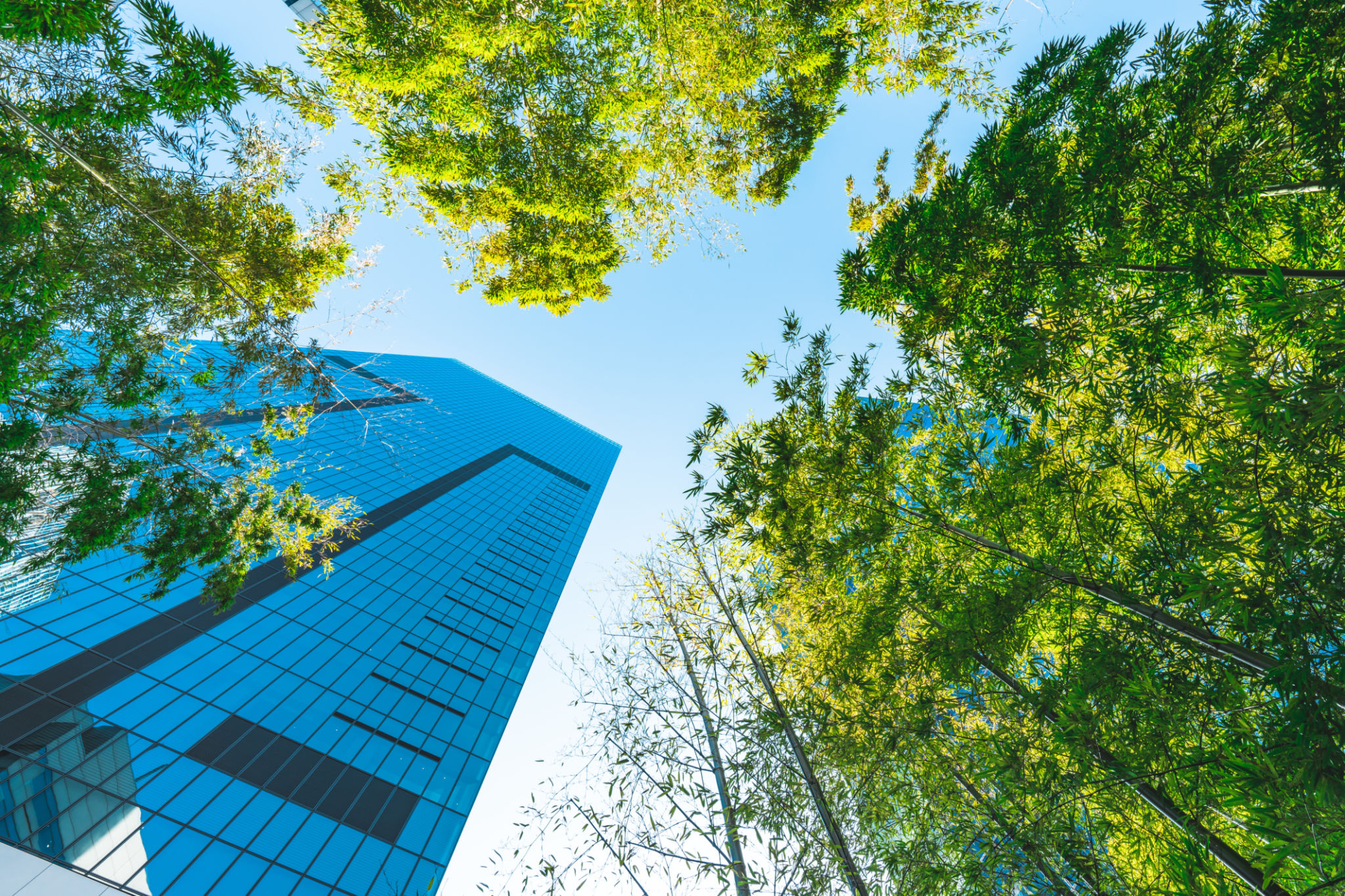A Guide to Sustainable Architecture Practices in Portugal
Understanding Sustainable Architecture
Sustainable architecture is more than just a trend; it is a movement towards building practices that prioritize environmental responsibility and resource efficiency. In Portugal, a growing number of architects and builders are embracing sustainable techniques to reduce their carbon footprint and create healthier spaces.
These practices focus on the entire lifecycle of a building, from design and construction to operation and demolition. By incorporating renewable energy sources, using eco-friendly materials, and optimizing energy efficiency, sustainable architecture aims to minimize the environmental impact.

Eco-Friendly Building Materials
One of the fundamental practices in sustainable architecture is the use of eco-friendly building materials. In Portugal, this includes locally sourced materials such as cork, bamboo, and stone. Cork, in particular, is a popular choice due to its abundance in the region and its natural insulating properties.
Recycled materials are also gaining traction. Reclaimed wood and recycled steel are often used to reduce waste and promote sustainability. These materials not only lessen the environmental impact but also add unique aesthetic qualities to the structures.
Energy Efficiency and Renewable Energy
Energy efficiency is a cornerstone of sustainable architecture. In Portugal, buildings are increasingly designed to maximize natural light and ventilation, reducing the need for artificial lighting and air conditioning. This is often achieved through strategic placement of windows and the use of thermal mass materials.

Additionally, the integration of renewable energy sources, such as solar panels and wind turbines, is becoming more common. These systems help reduce reliance on fossil fuels and lower energy costs, making buildings more sustainable and economically viable in the long run.
Sustainable Water Management
Water conservation is another critical aspect of sustainable architecture. In Portugal, architects are incorporating rainwater harvesting systems and greywater recycling into their designs. These systems capture and reuse water for non-potable purposes like irrigation and toilet flushing.
This approach not only conserves water but also reduces the demand on municipal water supplies. Furthermore, the use of permeable materials for landscaping helps manage stormwater runoff, preventing soil erosion and flooding.

The Role of Green Spaces
Incorporating green spaces into architectural designs offers numerous environmental benefits. Green roofs and vertical gardens are popular in Portugal for their ability to improve air quality, regulate temperature, and provide insulation.
These features also enhance biodiversity by providing habitats for various plant and animal species. Moreover, green spaces contribute to the well-being of occupants by offering aesthetic value and promoting relaxation.
Challenges and Future Prospects
While sustainable architecture in Portugal is gaining momentum, there are still challenges to overcome. High initial costs and a shortage of skilled professionals can hinder widespread adoption. However, government incentives and growing public awareness are encouraging more developers to invest in sustainable practices.
As technology advances and more people recognize the importance of sustainability, the future of architecture in Portugal looks promising. Continued innovation and collaboration within the industry will be crucial in driving this movement forward.
